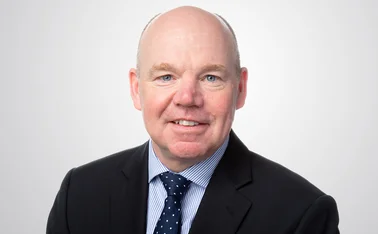
Top 100 2019 - State of the market
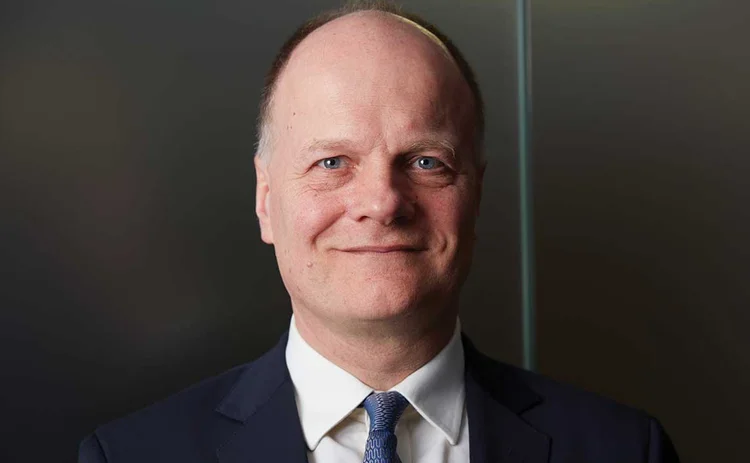
Confidence and growth: The market remains strong although M&A activity fell back on bumper numbers last year. Olly Laughton-Scott runs through the Top 100 Independent Brokers
We spend most of our time talking about mergers and acquisitions (M&A), as that is what we do at IMAS. But it is also important to remember that, while M&A grabs the headlines, most commercial brokers are focused on serving their clients. Therefore, we will open by looking at the fortunes of the two thirds of the Top 100 brokers who are not active acquirers.
The non-acquisitive market
Having spent 20 years immersed in the selling of insurance brokers, I can’t recall any buyer talking about why the clients of the business they are acquiring will be better served. Whilst it is true that any successful buyer will work hard to retain clients, none model higher retention levels post-acquisition.
The flip side to this coin is that our clients are never driven to sell because they are losing clients to larger brokers. Indeed, most independent commercial brokers see the acquisition of one of their direct competitors by a consolidator, or a major, as an opportunity. This is especially true if they can pick up disaffected staff who, over time, are able to bring clients with them.
Regulation has long been seen as a driver for brokers to sell, but again, this is not borne out by our experience. The key driver for selling is the age of the owners and, for the majority of them, this happens between the ages of 55 and 65. Other issues will include the challenge of managing a workforce of (relatively) well paid staff who walk out of the door every evening.
So how are the two thirds doing? As it happens, very nicely, thank you very much. Average employment of these businesses has grown by 4% in the last year (all companies have to report on employee numbers, but not turnover or profits, so it is the most comprehensive measure of growth). Whilst this may not look like a large number, changes in turnover and profits are flattered by the impact of inflation – the number of staff are not distorted in this manner.
In addition, improving technology typically means turnover per staff member increases year on year. We believe that the Top 100 brokers that have chosen to grow organically are typically achieving real growth in the region of 5% to 7%.
What lesson should be taken from the above? Critically, the current wave of consolidation is not being driven by larger brokers having a competitive advantage. The two thirds should be very confident that their businesses will continue to prosper and that the restructuring of the industry’s ownership will not undermine their business model.
Gender analysis
For the first time in its history, Insurance Age asked about gender, resulting in 70% of the Top 100 providing a gender analysis. This showed a workforce split almost exactly of two thirds men and one third women. This is of course no surprise, but what will be really interesting is to see how this develops over time.
Whilst we can’t relate it to the Top 100, our analysis published on IMASinsight tracks the breakdown of FCA-approved individuals by sector. FCA regulation of insurance brokers commenced in January 2005 and, typically, only the senior management are authorised. In 2005, 14.0% of approved persons in the commercial insurance sector were female. Now, 15 years later, the number is 23.5% – an increase of over 60%, albeit from a low number. So, whilst a strong gender imbalance still remains, it is clear that the gap is beginning to close.

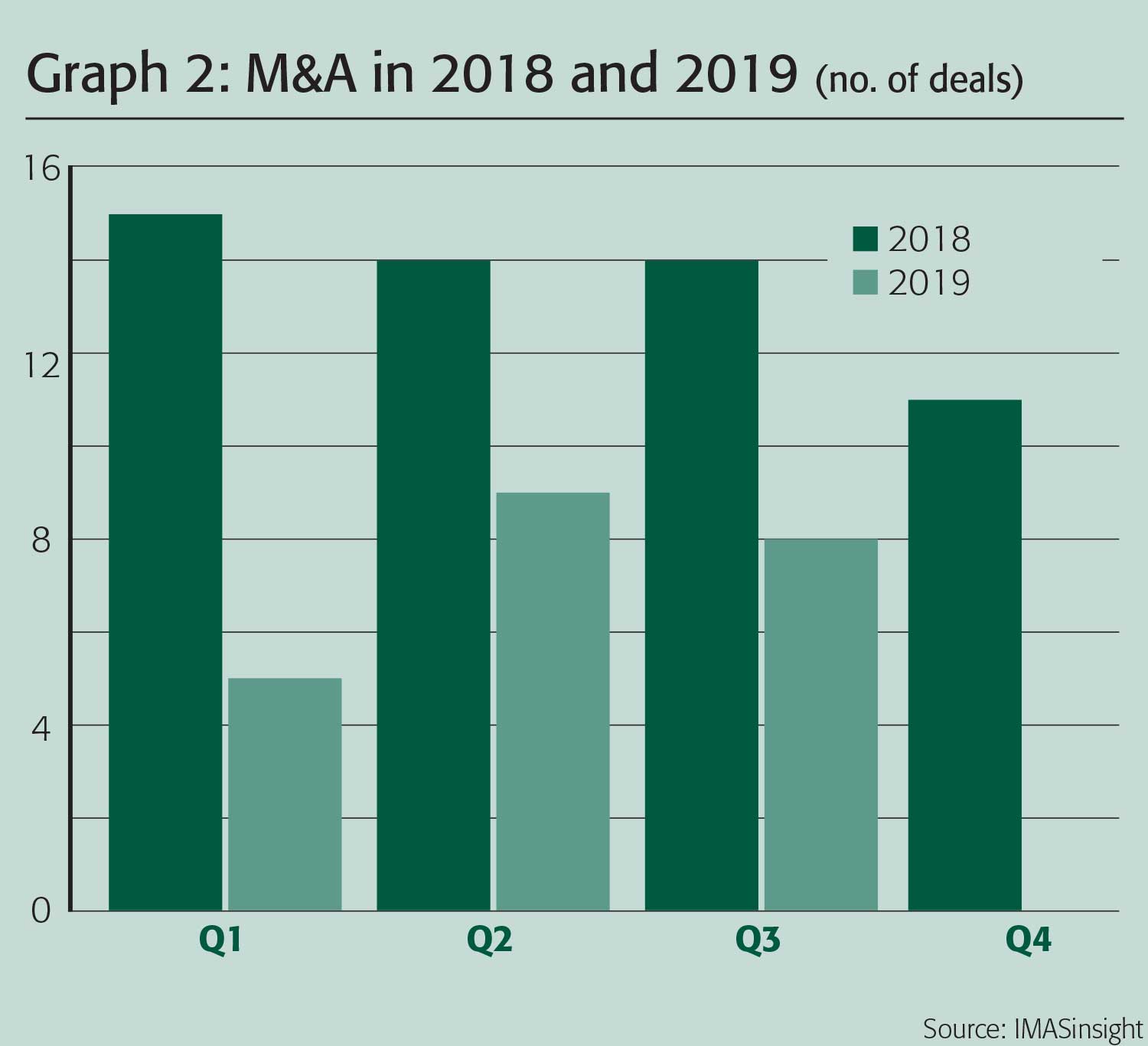
M&A
The broker market continues to evolve, with the acquisition trail remaining strong throughout 2019, albeit not at the same volume or aggregate value as 2018, which was a record year for the number of deals done and aggregate value in the last five years. This year looks to be one of consolidation but, within that, there are still a large number of growing businesses, some of whom have entered the Top 100 listing.
M&A in 2019 started very slowly and didn’t gain much momentum in either of the next two quarters. The last quarter in 2018 was perhaps indicative of this; it was comparatively weaker than the previous very strong first three quarters. As one would usually expect the last quarter to be the strongest, this seems an interesting point to note.
There has also been some restructuring in 2019, with major groups either more closely integrating commercial brokers within the group or creating better differentiation and branding. Marsh, for example, has taken the decision to brand Jelf as Marsh Commercial, while Ardonagh has differentiated the group into a number of distinct operating units. In addition, Broker Network Partners changed its name to Ethos. These developments make the analysis of underlying growth trickier to identify.
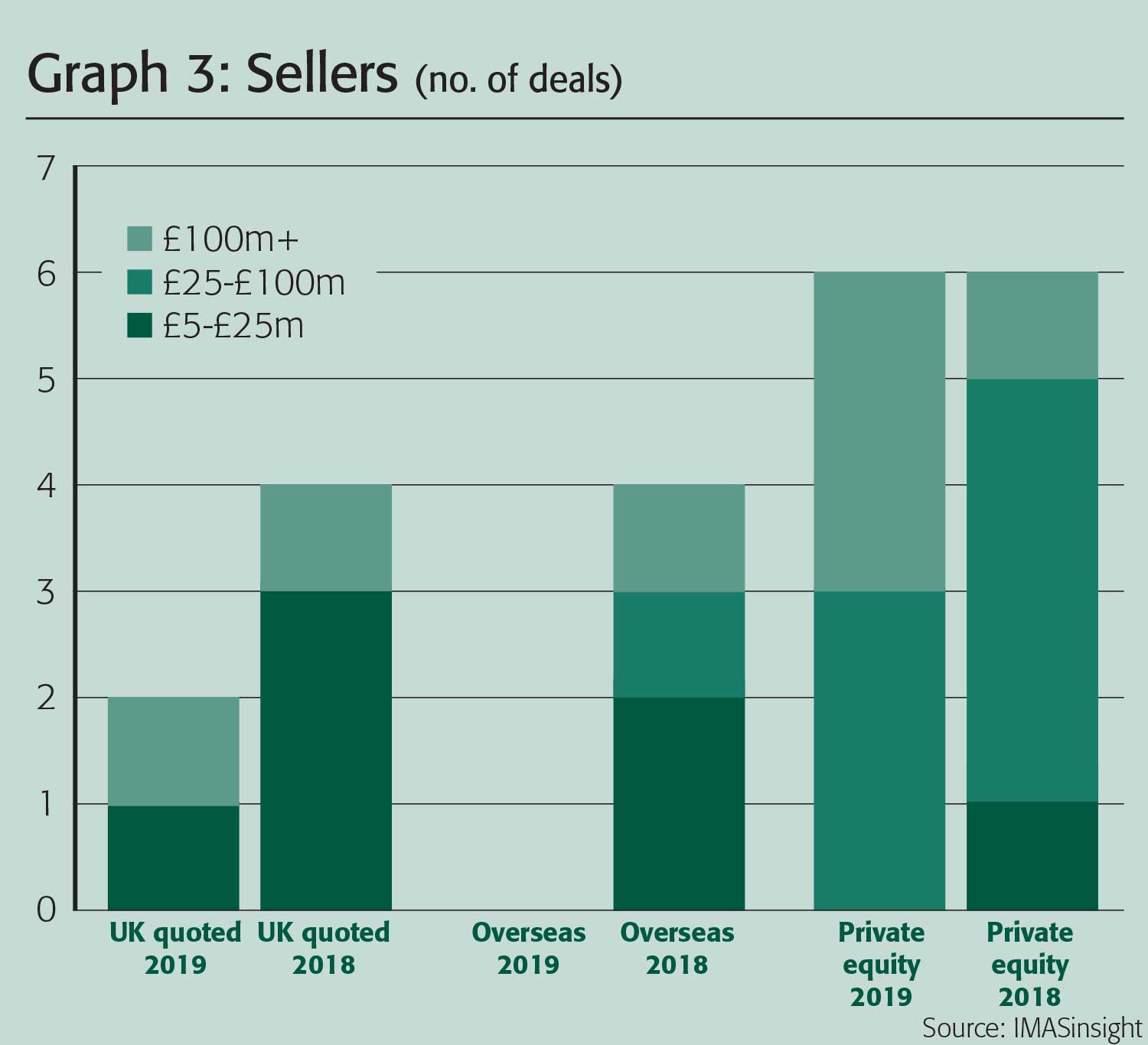
Sellers
With the evolution of the market, we are now seeing private equity (PE) investors beginning to realise their investments. Last year saw one £100m+ transaction but so far in 2019, there have been three. More interestingly, there have been no overseas sellers in 2019 compared to four in 2018. The chart above omits the largest category of seller, privately held, where there have been 13 sellers so far in 2019, compared to 38 in 2018.
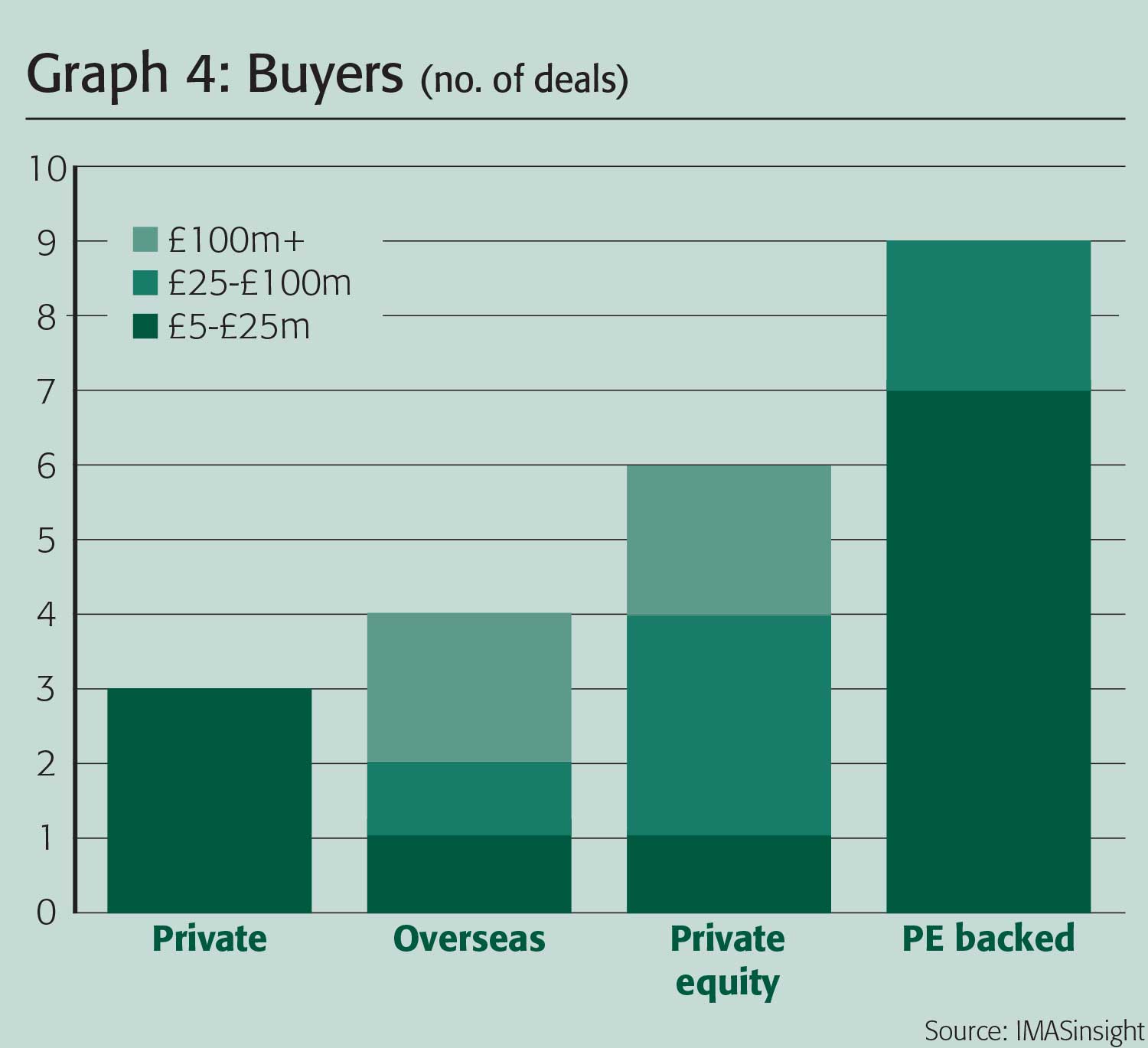
Buyers
The buyer pattern very much follows the trend set in 2018, with PE-backed groups being the most active, especially in the £5m-£25m range, confirming the consolidation trend in the market. The direct PE investments are focused on the larger transactions, with most of those being secondary buyouts, where a larger PE investor takes over from a smaller one to continue the development.
Overseas buyers have been less active in 2019 compared to 2018, with only four transactions so far this year compared to 15 last year, albeit both years saw two £100m+ deals go through.
PE-backed firms such as PIB, GRP, Broker Network and Aston Lark have been joined by Miles Smith/Specialist Risk Investment, Clear Insurance and Jensten Group, but these newcomers are likely to make more of an impact next year.
One of the reasons that deal volumes have fallen back could be that the number of willing sellers has declined, either through choice or because they are looking for higher values, and this is impacting deal pricing, although not across the board. IMAS is seeing deal values creeping up for the better businesses and in particular the good-sized ones, where they will move the needle for the acquirer.
The future of M&A
So what does the future hold? PE investors typically look to sell after four to five years after their investment. Will they simply sell up to the big boys? There are over 2,500 independent brokers with values ranging from £0 to £25m (source: IMASinsight). Large (bureaucratic) trade buyers are badly structured to make multiple acquisitions in short order. So, whilst a sizeable tail remains of smaller brokers, private equity firms will still have a role to play in rolling up smaller operations, removing the entrepreneur risk and standardising the systems. This will take many years and only then will we see the market truly concentrating around, say, 10 dominant firms. n
Olly Laughton-Scott is founding partner of IMAS
Only users who have a paid subscription or are part of a corporate subscription are able to print or copy content.
To access these options, along with all other subscription benefits, please contact info@insuranceage.co.uk or view our subscription options here: https://subscriptions.insuranceage.co.uk/subscribe
You are currently unable to print this content. Please contact info@insuranceage.co.uk to find out more.
You are currently unable to copy this content. Please contact info@insuranceage.co.uk to find out more.
Copyright Infopro Digital Limited. All rights reserved.
As outlined in our terms and conditions, https://www.infopro-digital.com/terms-and-conditions/subscriptions/ (point 2.4), printing is limited to a single copy.
If you would like to purchase additional rights please email info@insuranceage.co.uk
Copyright Infopro Digital Limited. All rights reserved.
You may share this content using our article tools. As outlined in our terms and conditions, https://www.infopro-digital.com/terms-and-conditions/subscriptions/ (clause 2.4), an Authorised User may only make one copy of the materials for their own personal use. You must also comply with the restrictions in clause 2.5.
If you would like to purchase additional rights please email info@insuranceage.co.uk





